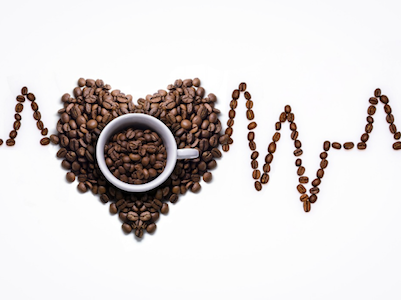The benefits of karate, taekwondo, jiu-jitsu, krav maga, kung fu, and other fighting disciplines are well-known. They can guarantee your fitness, weight loss, confidence, and self-defense, to name a few. Yet to reap these benefits, the practitioner must be skillful. Showing up to class, after all, is only half the battle. Excellence in the practice of martial arts requires sharp reflexes, deep focus, and a heightened sense of awareness, all developed over months and years of consistent training. While an outgrowth of regular practice is physical and mental endurance, some students might find artificial stimulants helpful in maintaining the energy they need to succeed. In fact, some may also find the short-term effects of these stimulants helpful. However, the side effects of stimulants can affect your performance in martial arts too.
How Do Stimulants Work?
A stimulant is defined as any drug that boosts alertness, concentration, and energy by building up the presence of specific chemicals in the brain. One substance central to this process is dopamine, a neurotransmitter that helps nerve cells (i.e. neurons) to interact with one another. Increased dopamine levels give people a greater sense of optimism, well-being, and clarity. This is why Ritalin–a drug often prescribed for sufferers of attention deficit hyperactivity disorder (ADHD)–is an effective prescription for so many. Although the gains of greater focus are many, sometimes procuring them with pharmaceuticals and chemical supplements can hurt more than it helps.
The Downside of Stimulant Use
Among the negative effects of stimulants are:
- Higher blood pressure
- Higher resting heart rate
- Fatigue after the drug has run its course
- Depression
- Anxiety
- Higher body temperature
- Muscular tremors
Of course, stimulants can include something as commonplace as a cup of coffee to illicit drugs like cocaine or crystal meth. Martial artists may opt for legal prescription stimulants in order to improve their performance. Many have found these substances to improve breathing and pulmonary function in the immediate, for example.
Still, even properly authorized stimulants can lead to problems in the long term, problems particularly debilitating for martial artists. Whereas an immediate benefit is better breathing, respiratory dysfunction can develop on a more enduring basis. The improvements in energy give way to chronic fatigue. Meanwhile, headaches, seizures, sexual impotence, and even strokes can–and do–visit continuing users of artificial stimulants.
Getting Hooked
The issue of addiction is not a small one. Ongoing use and increased dosages lead to tolerance and dependence. Full-fledged addiction is the next stage unless the user seeks info. And bet you’ve wondered at some point, the signs of addiction are multiple, some of them including the following:
1. The user devotes more and more time to obtaining the drug.
2. He or she keeps using the substance, even while recognizing adverse consequences.
3. The user has repeatedly resolved to quit yet always returns to the drug.
4. When the stimulant is unavailable, the addict suffers the symptoms of withdrawal.

Fortunately, martial artists, athletes, and other active people have resources. There are numerous treatment options available that can return them to peak performance without the help of stimulants. Since martial arts in and of themselves are excellent tools in substance abuse rehabilitation, practitioners are well-positioned to make–and win–the fight against stimulant dependence.
